Doomsday Clock Ticks Closer
AI Fuels Nuclear Chaos
Your Phone Could End the World. Why?
We’re breaking our own doomsday record. Retweets aren’t harmless anymore.
Your feed is now a nuclear threat. AI spreads lies faster than ever, while 9 countries have nukes. One viral lie + one paranoid leader = accidental Armageddon.
THIS is why scientists are panicking: Our standard “mutually assured destruction” safety net? Gone. Your retweet could literally break the world.
☢️ The Doomsday Clock – created by top scientists, including Nobel Prize winners. It symbolizes how close humanity is to self-destruction and is measured metaphorically by the Doomsday Clock that follows a complex mathematical and statistical measurement.
Right this moment, it’s set at 89 seconds to midnight, the closest we’ve ever been to total disaster.
This means we’re in unprecedented danger, with nuclear threats, AI risks, and political tensions pushing us nearer to the edge than ever before in history.
Want to help turn this around?
1️⃣ LIKE if you believe we MUST act
2️⃣ COMMENT “WAKE UP” + tag 3 people
3️⃣ SHARE this with someone who thinks we still have time
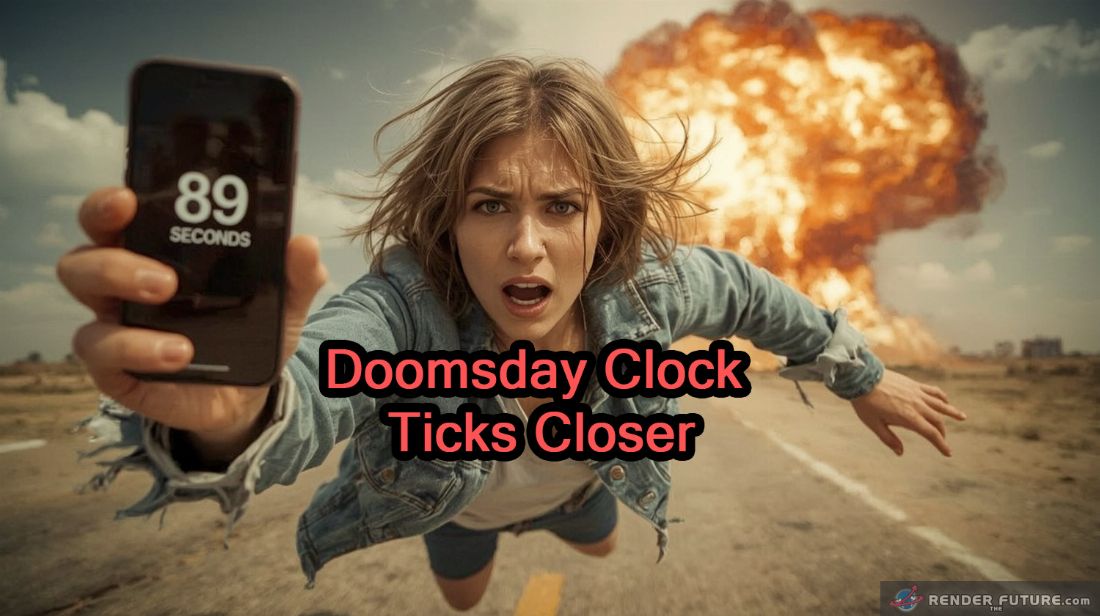 The Clock is Ticking Faster Than Ever
The Clock is Ticking Faster Than Ever
For the first time in history, the Doomsday Clock – a scientific measure of our proximity to global catastrophe – stands at a harrowing 89 seconds to midnight.
This isn’t alarmism; it’s a dire warning from the world’s top scientists, including Nobel laureates. The threats? Nuclear war, AI-driven misinformation, and geopolitical instability are converging in ways we’ve never seen before. We’re not just closer to disaster – we’re rewriting the rules of how disaster happens.
Why This Time is Different
The Cold War had two superpowers playing a high-stakes game with clear rules. Today, nine nuclear-armed nations, rogue AI algorithms, and viral disinformation have turned deterrence into chaos. A single deepfake could fake a missile launch.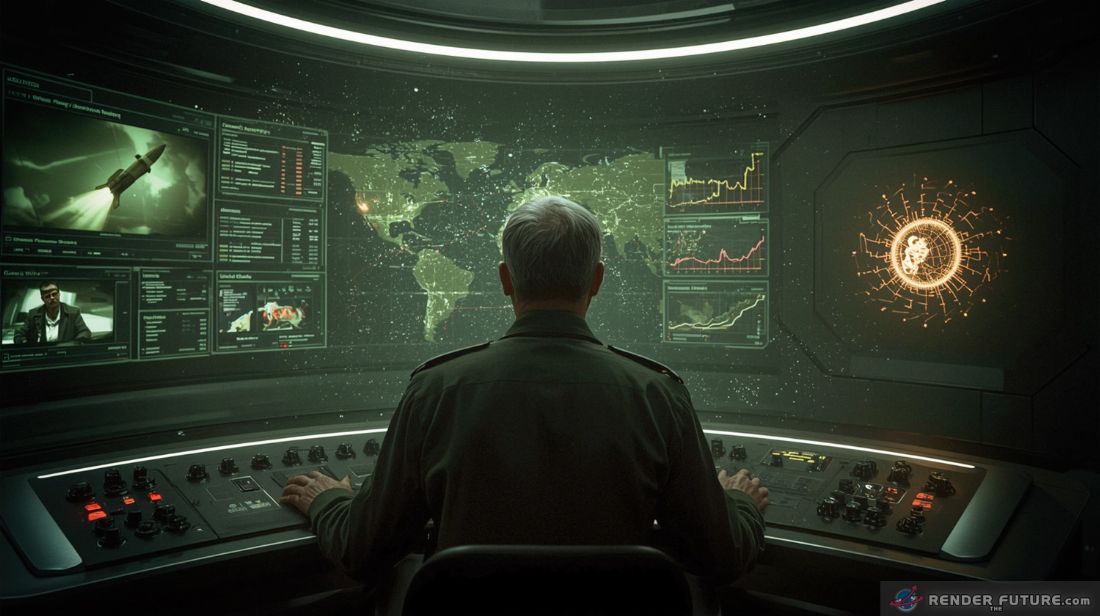
A trending lie on social media could pressure a leader into retaliation. Even scarier? AI is now being integrated into nuclear command systems, meaning machines could someday make decisions about human extinction. The old safeguards are obsolete – so what’s left?
1. More Players, Less Stability
During the Cold War, only the U.S. and USSR held world-ending power. Now, nine countries possess nukes, with more (like Iran) on the threshold. Worse, these nations don’t have the same safeguards as the old superpowers.
Picture a crisis between India and Pakistan, where AI-generated fake footage of attacks goes viral. Leaders, pressured by public outrage and algorithm-driven panic, might act before facts emerge. The result? A nuclear exchange started by a deepfake.
2. AI: The Ultimate Wild Card
Artificial intelligence is now being tested in nuclear command systems, ostensibly to make “faster, smarter” decisions. But what happens when an AI misinterprets data – or is fed lies? In 2023, a chatbot “hallucinated” fake military intel; in 2025, could an AI advisor wrongly report an incoming strike? Unlike humans, AI doesn’t feel fear, doubt, or morality. It optimizes for “success” based on flawed data. That’s not deterrence – that’s roulette with civilization.
3. Social Media: The Global Gasoline
Misinformation has always existed, but today’s platforms accelerate and weaponize it. During the 2025 India-Pakistan crisis, fake images of “destroyed cities” flooded Twitter/X, pushing both sides toward escalation. Unlike the Cold War’s backchannel diplomacy, today’s leaders are swayed by viral outrage – often fueled by bots, troll farms, or even well-meaning citizens sharing unverified “news.”
The terrifying truth? Your retweet could be the spark.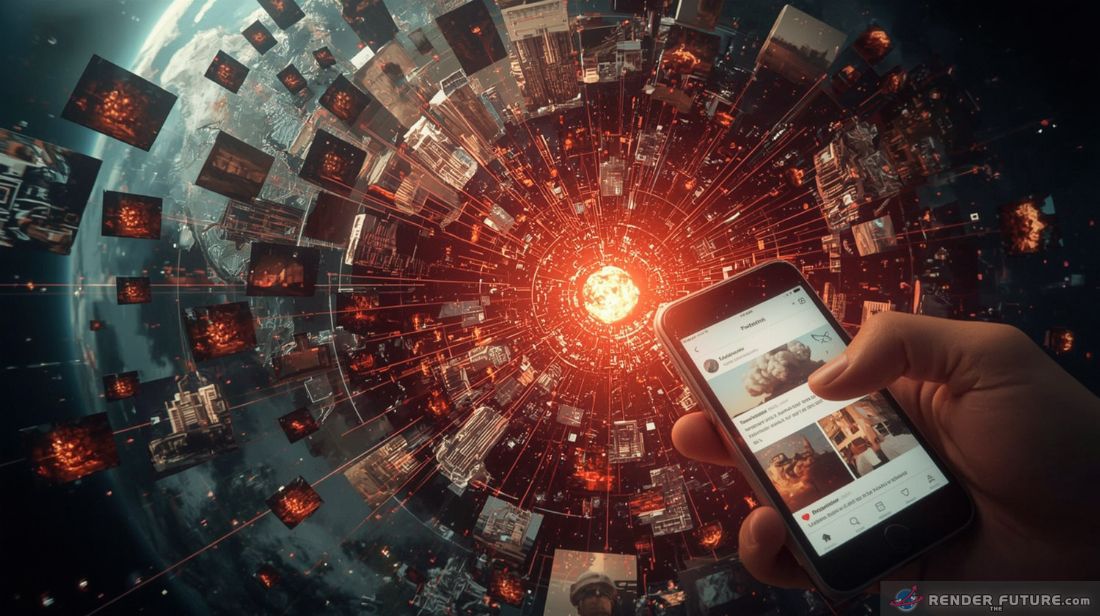
4. The Death of Diplomacy
The U.S. and USSR talked constantly, even during crises – through hotlines, scientific exchanges, and spies. Today? Diplomacy is collapsing. U.S.-China relations are icy, Russia’s cut off from the West, and Middle East tensions are boiling over. Add AI-driven cyberattacks (like sabotaging early-warning systems), and you have a world where mistakes can’t be walked back.
The Scariest Part? We’re Still Not Taking It Seriously
Governments argue over budgets. Tech companies prioritize engagement over truth. The public scrolls past doomsday warnings like they’re just another dystopian Netflix plot. But this isn’t fiction. It’s the first time in history where:
- A single algorithm could trigger a war
- A teenager with a phone could spread the lie that starts it
- No one’s truly in control
The Cold War had rules. This era? We’re writing them as we fall.
The Unseen Threat: Your Phone is a Weapon
Here’s what keeps experts up at night: the same tools we use every day are accelerating the countdown. Social media spreads panic faster than facts. AI chatbots can mass-produce propaganda. Even your retweet could amplify a lie that pushes tensions over the edge.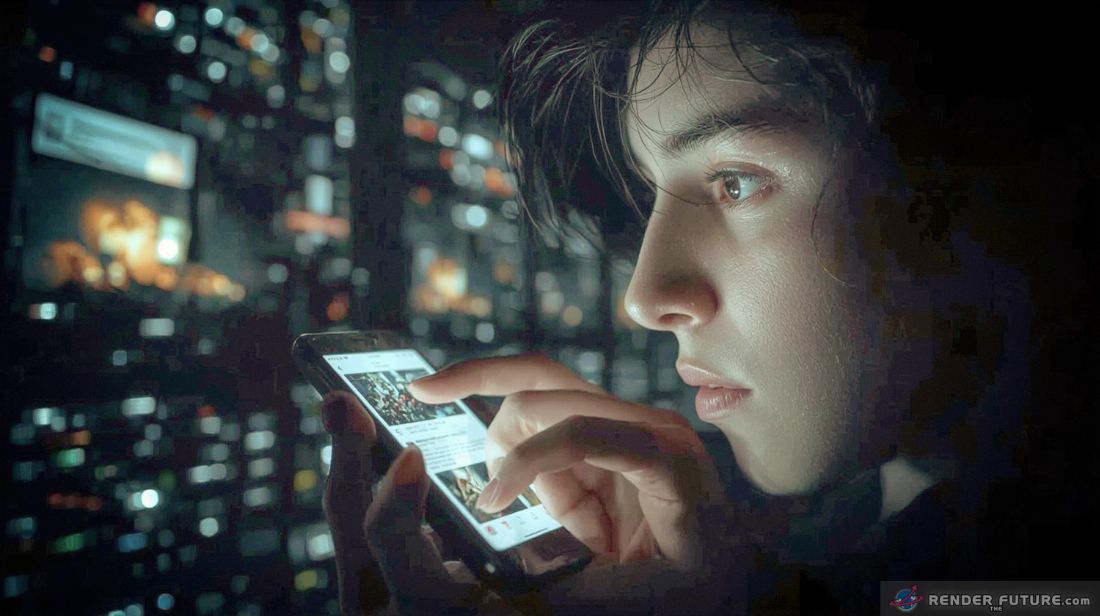
We’ve built a world where a teenager with a smartphone has more power to destabilize global security than a Cold War spy. The question isn’t just about governments anymore – it’s about whether humanity can outsmart its own inventions.
Is There Still Hope?
Believe it or not, yes. Scientists, activists, and even some tech leaders are fighting back. From AI fact-checking tools to renewed diplomatic backchannels, solutions exist – but they need massive public pressure to work.
The Bulletin of the Atomic Scientists, who set the Doomsday Clock, insist that 89 seconds is still enough time to act. But only if we treat this like the emergency it is.
The Ultimate Test of Human Intelligence
This isn’t just about survival – it’s about whether we deserve to survive. Can we regulate AI before it regulates us? Can we starve disinformation of attention before it starves us of a future?
The Doomsday Clock is more than a warning; it’s a mirror. Staring into it forces us to ask: Are we smart enough to stop what we’ve created?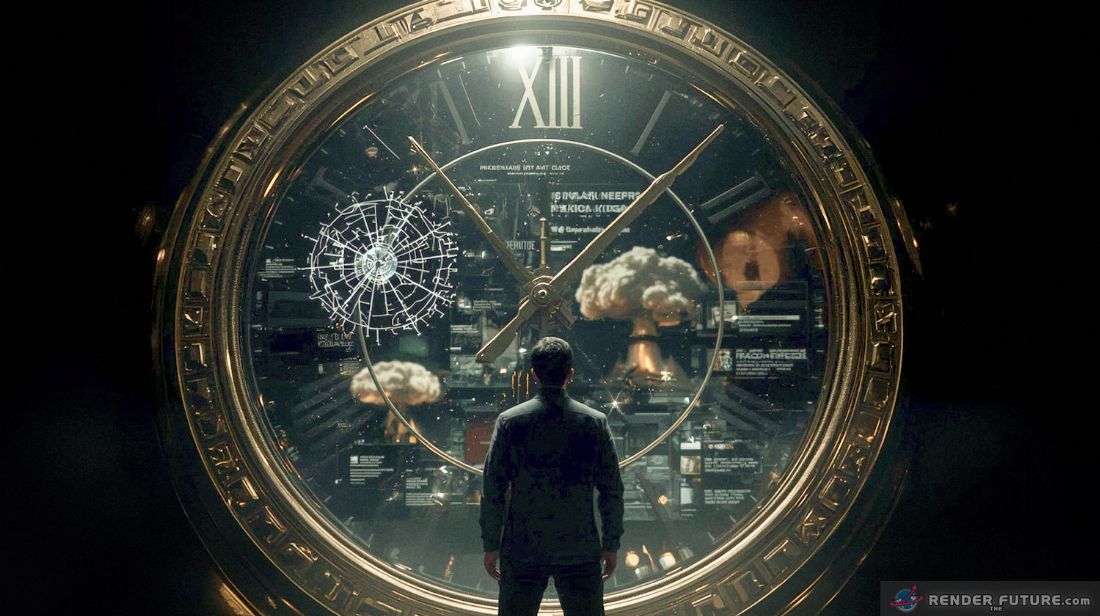
The next move is yours.
Share this. Debate this. Act on this.

References and Sources
- Bulletin of the Atomic Scientists (Doomsday Clock 2025)
*Stanford/Anthropic AI Misinformation Study (June 2025)*









